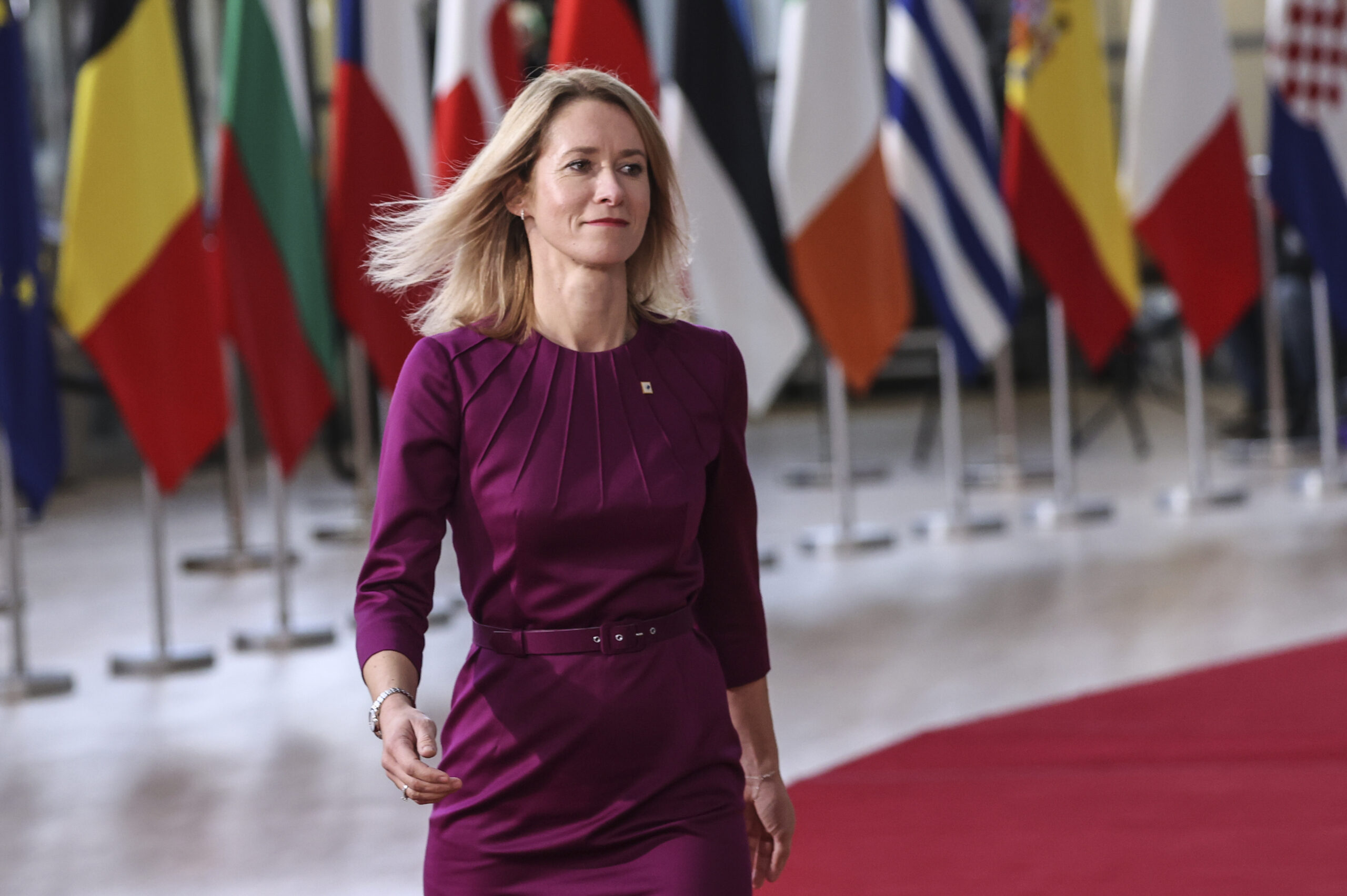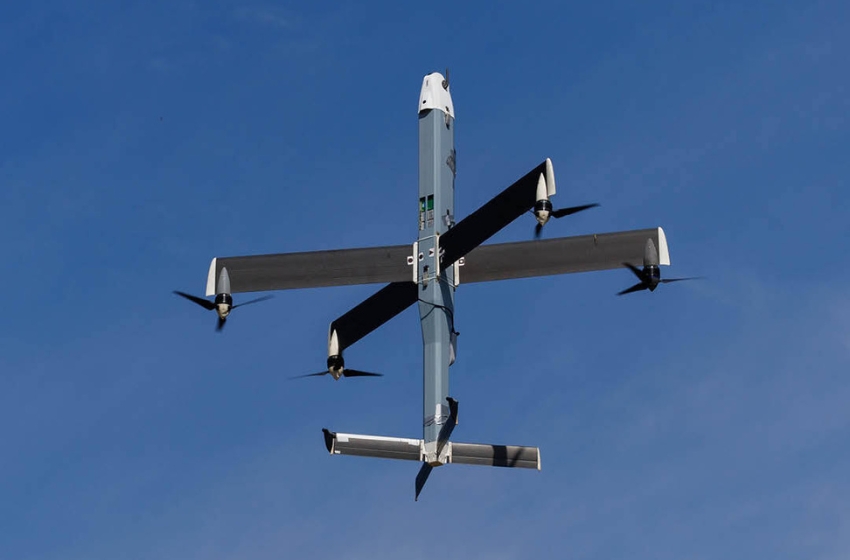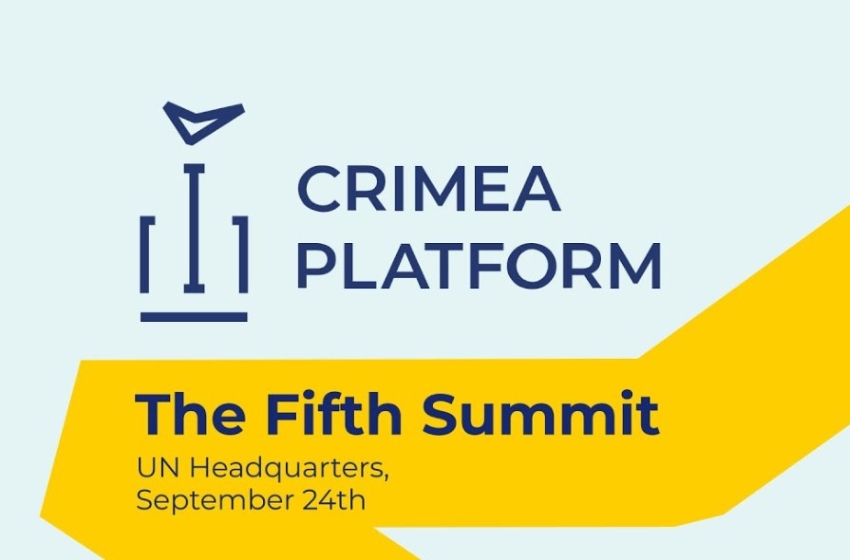Representatives of the Ukrainian military intelligence made three attempts to liberate the temporarily occupied Zaporizhzhia Nuclear Power Plant in the city of Enerhodar. This information was shared by the Chief of the Main Intelligence Directorate of the Ministry of Defense of Ukraine, Kyrylo Budanov, and his fighters in an interview with NV.
In August 2022, Main Intelligence Directorate special forces conducted an operation, crossing the Kakhovka Reservoir on boats, which was still full of water at that time, in the area near Enerhodar.
The commander of the Main Intelligence Directorate special unit, known as "Shaman," who took part in the operation, revealed that their objective was to establish a foothold on the left bank suitable for the future liberation of the city and the adjacent ZNPP.
"At the time of the operation, the occupiers intended to connect the Zaporizhzhia Nuclear Power Plant to their energy system. If they had succeeded, the Kremlin could have provided temporarily occupied Southern Ukraine and Crimea with electricity. This could have helped Moscow strengthen its position in the region and influence the situation in the Ukrainian conflict," the statement read.
Several dozen Intelligence fighters traveled on civilian high-speed boats during these operations as they did not yet have specialized military watercraft. Additionally, the Intelligence special forces had no prior experience conducting such operations.
During the first operation, the fighters landed near Enerhodar but were unable to establish a foothold. According to the commander of the unit, known as "Shaman," they lacked artillery support. While on the left bank of the Dniepr River, the special forces were forced to retreat under the pressure of superior enemy forces.
"For the guys, it was psychologically challenging. Imagine you're sailing through waves at night, the water is flooding the boats, you have to bail it out, switch to other watercraft – and all of this is happening under enemy fire," noted Shaman.
However, the Main Intelligence Directorate didn't give up on attempts to liberate Enerhodar and the Zaporizhzhia Nuclear Power Plant. The fighters made two more attempts to land on the left bank of the Dnipro River. In the final of these attempts, several hundred people participated, including Vadym Popik, the commander of the Foreign Legion. He recalls that fighters from other countries also took part in these actions. Notably, New Zealanders with the necessary experience were involved, as they could stay in the water for an extended period and carry out tasks.
With each operation, the fighters gained experience, but the occupiers became more prepared. During the third amphibious landing, the invaders brought heavy military equipment to the shore, including tanks. Therefore, Ukrainian special forces once again failed to establish a foothold and had to retreat.
Head of the Main Intelligence Directorate Kyrylo Budanov noted that both managerial and executive shortcomings hindered the success of the three Enerhodar operations.
"However, the special forces accomplished the overarching task – the Russians never dared to connect the ZNPP to their energy system. Although it was not only the actions of the fighters but also the work of the Main Intelligence Directorate's secret agency that led to this," the material points out.
Additionally, the Enerhodar operations served another purpose: they taught successful tactics for river and maritime landing.





















